Fikre Hagos
CoboGuider: Haptic Potential Fields for Safe Human-Robot Interaction
Oct 25, 2021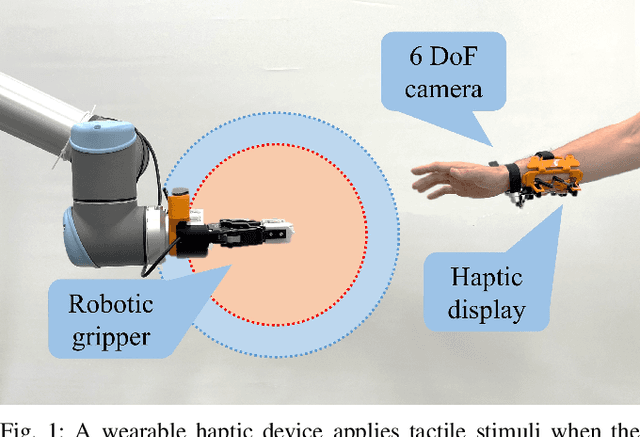
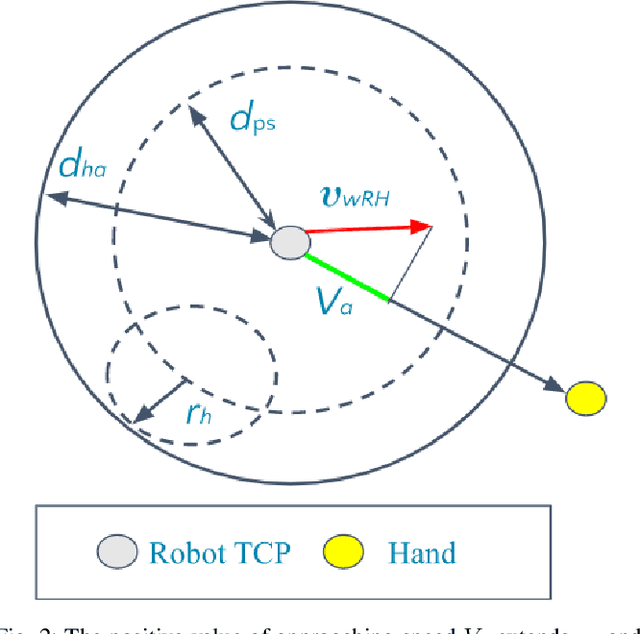
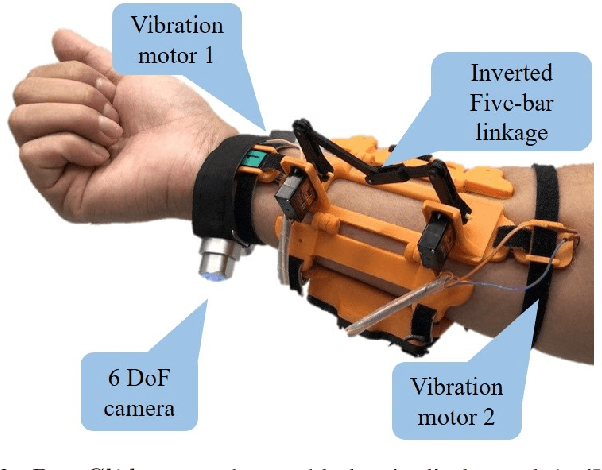
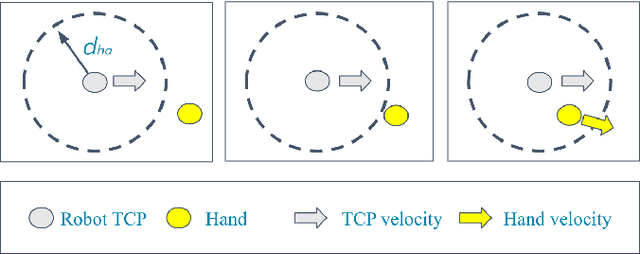
Abstract:Modern industry still relies on manual manufacturing operations and safe human-robot interaction is of great interest nowadays. Speed and Separation Monitoring (SSM) allows close and efficient collaborative scenarios by maintaining a protective separation distance during robot operation. The paper focuses on a novel approach to strengthen the SSM safety requirements by introducing haptic feedback to a robotic cell worker. Tactile stimuli provide early warning of dangerous movements and proximity to the robot, based on the human reaction time and instantaneous velocities of robot and operator. A preliminary experiment was performed to identify the reaction time of participants when they are exposed to tactile stimuli in a collaborative environment with controlled conditions. In a second experiment, we evaluated our approach into a study case where human worker and cobot performed collaborative planetary gear assembly. Results show that the applied approach increased the average minimum distance between the robot's end-effector and hand by 44% compared to the operator relying only on the visual feedback. Moreover, the participants without the haptic support have failed several times to maintain the protective separation distance.
CoHaptics: Development of Human-Robot Collaborative System with Forearm-worn Haptic Display to Increase Safety in Future Factories
Sep 13, 2021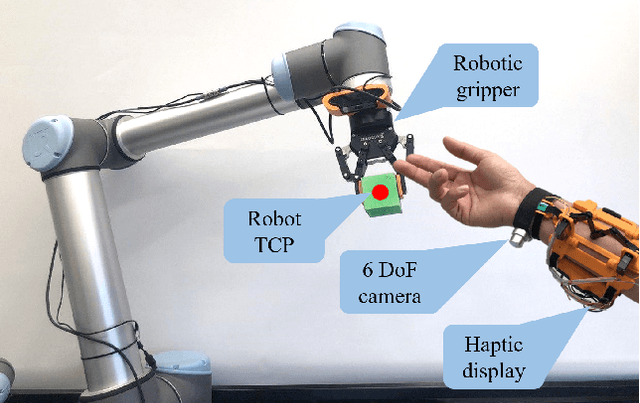
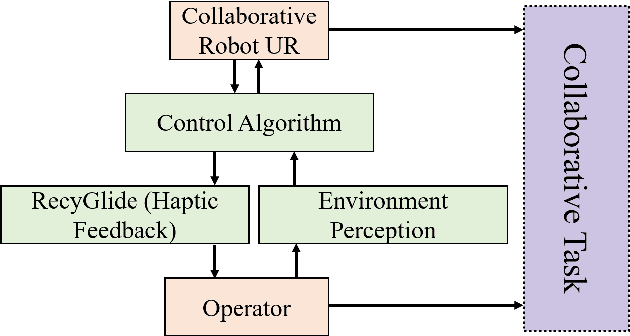
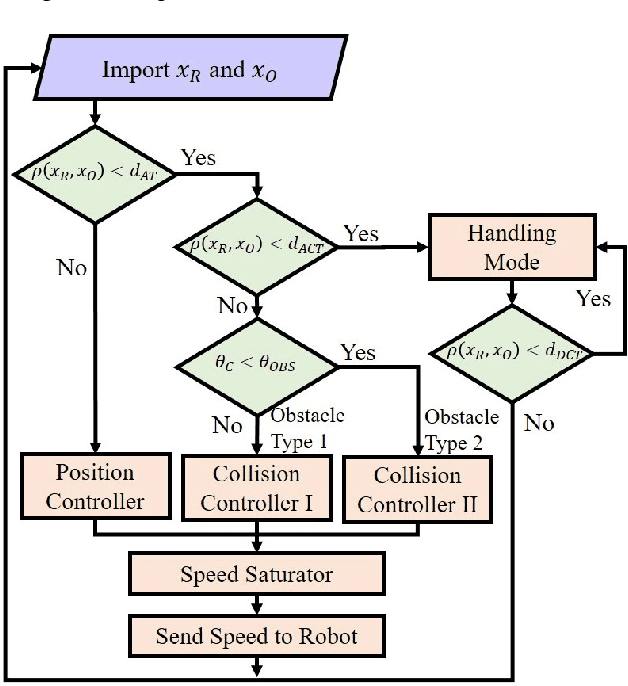
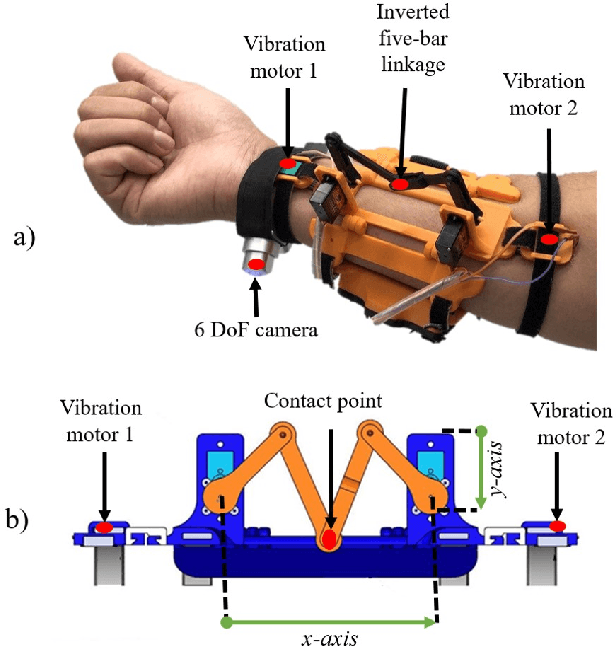
Abstract:Complex tasks require human collaboration since robots do not have enough dexterity. However, robots are still used as instruments and not as collaborative systems. We are introducing a framework to ensure safety in a human-robot collaborative environment. The system is composed of a haptic feedback display, low-cost wearable mocap, and a new collision avoidance algorithm based on the Artificial Potential Fields (APF). Wearable optical motion capturing system enables tracking the human hand position with high accuracy and low latency on large working areas. This study evaluates whether haptic feedback improves safety in human-robot collaboration. Three experiments were carried out to evaluate the performance of the proposed system. The first one evaluated human responses to the haptic device during interaction with the Robot Tool Center Point (TCP). The second experiment analyzed human-robot behavior during an imminent collision. The third experiment evaluated the system in a collaborative activity in a shared working environment. This study had shown that when haptic feedback in the control loop was included, the safe distance (minimum robot-obstacle distance) increased by 4.1 cm from 12.39 cm to 16.55 cm, and the robot's path, when the collision avoidance algorithm was activated, was reduced by 81%.
 Add to Chrome
Add to Chrome Add to Firefox
Add to Firefox Add to Edge
Add to Edge